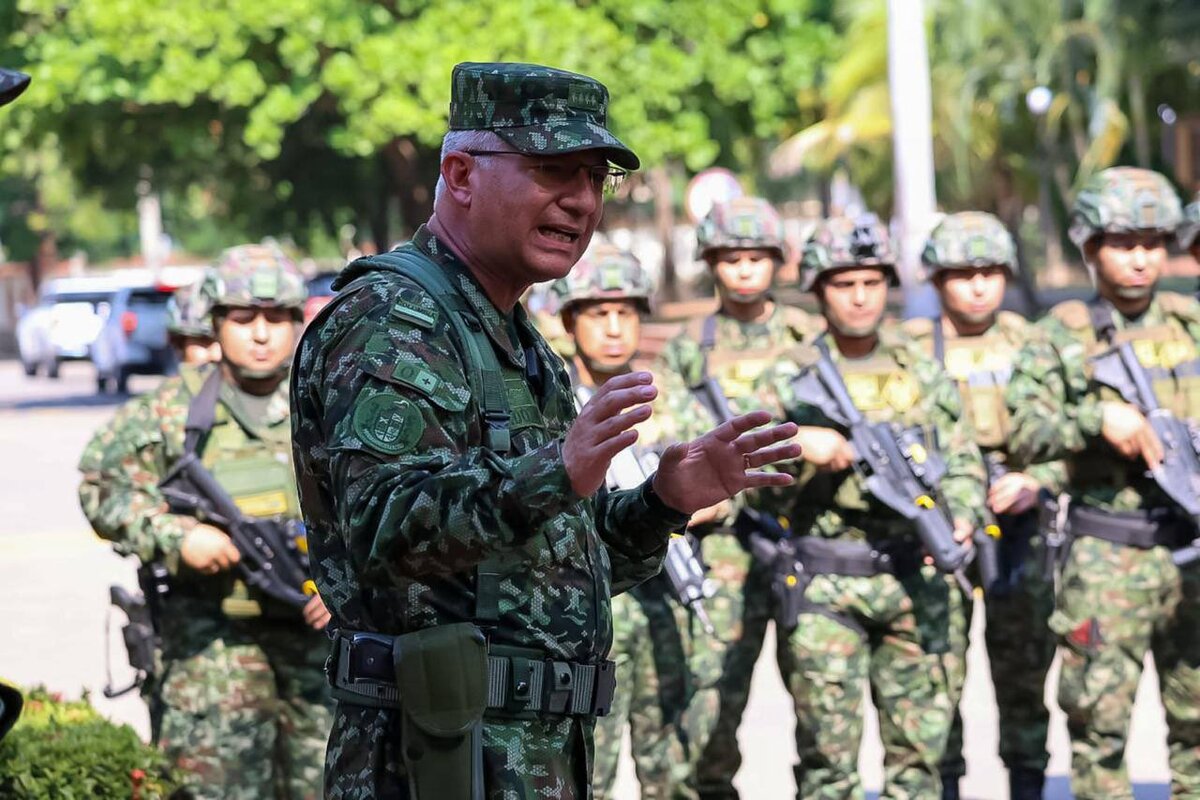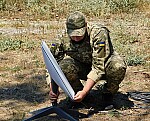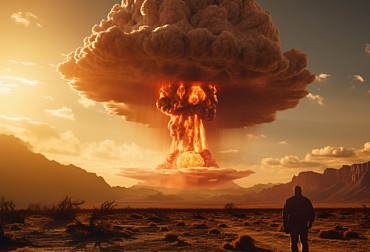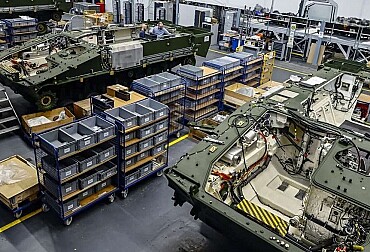New bloody guerrilla clashes in Colombia: FARC and ELN fight fierce battles in the north-east
The old bloody conflict in Colombia is reviving again. Once again, the old familiar National Liberation Army (ELN) and offshoots of the Revolutionary Armed Forces of Colombia (FARC) are clashing, and once again there are heavy casualties. One hundred people have died since mid-January, and around 20,000 civilians have had to flee their homes in the north-east of Colombia. By signing a peace agreement with the government in 2016, the FARC committed to dismantle its military structures and become a political party. But some of its former members disagree with the arrangement and are seeking to regain power and defeat rival leftist extremists from the ELN.

A story of violence and despair that has returned once again to Colombia. It was supposed to end with the historic signing of peace in Havana in 2016 with the largest guerrilla group that has been responsible for the bulk of the nearly 500,000 murders since 1985. The Revolutionary Armed Forces of Colombia-People's Army, known by its Spanish acronym FARC, agreed to surrender its weapons and transform itself into a civilian political group that could operate if it gave up its illegal activities. This worked outwardly for several years before several splinter groups began to reclaim control of parts of Colombia.
In the New Year, violence erupted in the rural region of Catatumbo, in the northeast of Colombia near the border with Venezuela. The FARC, which has not laid down its arms, has taken the ELN National Liberation Army stronghold by storm, with the aim of gaining control of the trade in drugs, people, weapons and illegal mining and cultivation, not only of cocaine. The region is one of the main hubs for cartels and guerrillas to export illegal products out of the country. After the peace with the FARC, it was here that space was opened up for the then less numerous ELN, which was not part of the peace process and which has since built new structures across the drug-ridden country. Although the group had previously raised money more through kidnapping and kept the FARC out of the drug trade, and in some ways even cooperated, it has now declared war on the remnants of its former rival.
"They were pulling people out of their houses and brutally murdering them," said Colombian army commander General Luis Emilio Cardozo in a video message, referring to the ELN's killing squads that were supposed to search house to house for FARC supporters, as well as social workers and peace agreement defenders, including their families, and kill them on the spot. Over 80 people have died, most of them militants, some of the victims are civilians caught in the gunfire. This is also why they started fleeing the area in large numbers. Often with only the bare essentials, some 20,000 Colombians have already fled their homes. "Our job as a national army is to stabilise the region and help the people of Catatumbo," continued the promise of the general, who has sent up to 5,000 troops to the area.
¡Gloria al soldado!
— General Luis Emilio Cardozo Santamaría (@COMANDANTE_EJC) January 24, 2025
Nuestros soldados están siempre donde más se los necesitan, sin importar el lugar ni la situación. Atendemos con valentía y dedicación el llamado del pueblo colombiano.
El compromiso, la vocación, el amor y la entrega de cada hombre y mujer que sirve con… pic.twitter.com/FvqFh0m7tt
In addition to the government, UN Secretary-General António Guterres has already called for an immediate halt to the fighting and violence against the civilian population. The question, according to some experts, is the reason for the timing of the new conflict in the country. "Some Colombian media quoted military intelligence as saying that it all started after the loss of a cocaine shipment and the murder of the ELN's finance chief. But we certainly know nothing about why this armed confrontation took place," Daniel Parra, a researcher at the Foundation for Peace and Reconciliation in the northern city of Cúcuta, told Deutsche Welle. Other Colombian observers are clear about the origins of more than just this latest violence.
"The struggle for territorial control and the drug trade, which have always been central elements of this conflict, are putting increasing pressure on this border region, which serves precisely as a corridor for drug trafficking with Venezuela," Robert García Alonso, a professor of law and politics at La Sabana University near Bogotá, told DW.
The army is calling on fighters from all groups to create humanitarian corridors for fleeing civilians. Many are returning to Venezuela, from where they had previously fled because of political repression and the bleak economic situation. According to Colombian sources, many FARC supporters have fled to the mountains, where they are now in hiding. The ELN now numbers around 6 000 members and has become perhaps the strongest guerrilla group. In recent years, it too has partially advocated a possible agreement with the government, but the talks have always collapsed. Most recently last year, when the group broke them off with a deadly attack on a military base. According to Colombian President Gustavo Petro, the ELN "shows no willingness to make peace and is committing war crimes".









